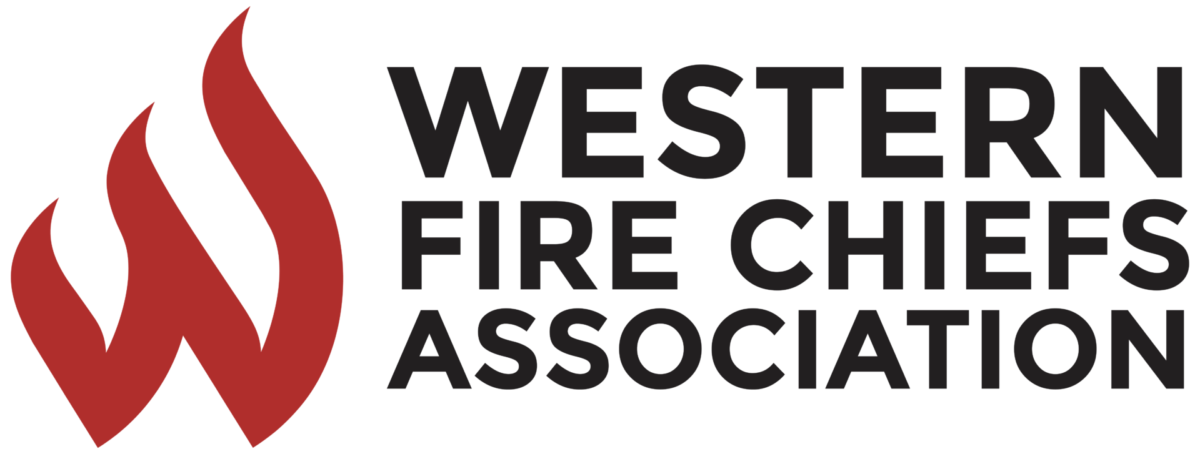A Culture of Safety
A recent article shared in the Daily Dispatch examines an incident in 2020 where a firefighter was endangered when responding to a call in Harrisonburg, Virginia. A short documentary video that came out in June 2023 shares more about the incident, including footage captured by a civilian driver. Chiefs Bob Horton and Jeff Buchanan spoke with the chief of Harrisonburg Fire Department, Matt Tobia, about the incident, the subsequent investigation, and how to support a work environment that keeps emergency responders safe.
What happens when the drive for excellence overtakes personal safety? Find out in the latest episode of Fire Headlines by the Western Fire Chiefs Association.
A recent article shared in the Daily Dispatch examines an incident in 2020 where a firefighter was endangered when responding to a call in Harrisonburg, Virginia. A short documentary video that came out in June 2023 shares more about the incident, including footage captured by a civilian driver. Chiefs Bob Horton and Jeff Buchanan spoke with the chief of Harrisonburg Fire Department, Matt Tobia, about the incident, the subsequent investigation, and how to support a work environment that keeps emergency responders safe.
The Harrisonburg Tower 1 Incident
On November 14, 2020, the Harrisonburg Fire Department received a fire incident call. Firefighter Josh Holloway rushed to get to the ladder truck and worked to finish donning his gear in the vehicle. His foot slipped as the vehicle went around a turn and the door popped open, ejecting Josh out of the ladder truck and into the road. He got up and quickly returned to the vehicle to continue to the fire, but it was a dangerous experience that drew attention to firefighter safety practices. Jeff praises Matt’s openness about the incident, saying, “Sharing that message and being vulnerable as a fire chief: not easy to do. We know the environment that we’re working in, we know the scrutiny that you’re under and it just takes a bunch of courage, Matt. And we need more of it.”
Matt shares his experience of the incident, as he heard about it after the fire was contained and firefighters had returned to the fire station. After confirming the firefighters involved were physically well and evaluating the mental health of everyone who was affected by the incident, Matt set about investigating how to protect with a team of people from within the fire department as well as other experts.
Incident Investigation Findings
The investigation of the circumstances around the Harrisonburg Tower 1 incident looked at equipment failure, but there was another possible cause that Matt takes responsibility for. He explains, “When I became the fire chief, we weren’t doing a lot of data analysis. We weren’t measuring our performance by any objective measure. And so, the thought was, well, let’s start gathering some data. Not applying any pressure whatsoever; we didn’t even say, ‘you need to turn out within x amount of time.’ We just began measuring what our 90th percentile turnout times were in our organization.”
In the fire service, the total response time of an emergency call is usually measured from the time a call is received to the arrival of the first apparatus and responders at the scene. In this response time, turnout time is measured from the time the alarm is received by firefighting personnel to the time the appropriate apparatus begins its actual driving response to the scene. It includes preparing for the response, donning gear, and getting settled in the vehicle. Drive time (or travel time) is then the amount of time spent getting to the address of the incident.1 The NFPA Standard 1710 establishes a goal of 80 seconds for turnout time and 480 seconds for drive/travel time (9 minutes and 20 seconds of total response time) for 90% of dispatched incidents.
A memo was shared each month with the Harrisonburg Fire Department personnel that listed turnout times for responding to calls. It was this memo, and the implied priority of quick turnouts, that Matt believes contributed to a focus on speed over firefighter safety, which led to the Harrisonburg Tower 1 incident. While Matt did not set any specific numbers for the department to work towards, he notes, “Firefighters naturally want to exceed expectations. They are driven individuals. They want to not only meet their bosses’ expectations; they want to exceed them. And so, there’s this natural tendency that the moment they are being evaluated, they want to do better.”
A Culture of Safety
Bob notes that, in practice, people in fire service do skip some safety checks at some point in their careers. These missed checks usually do not have consequences… until they do. The Harrisonburg Tower 1 incident was a reminder of these potential consequences. Matt talks about creating a culture to encourage and support firefighter safety. Speaking of his own Harrisonburg Fire Department, he says, “From a culture perspective, it wasn’t hard to get people to buy in because they had the video to see. And it wasn’t of somebody else’s fire department, it wasn’t happening in another place, it wasn’t one of those, ‘it could happen anywhere else, but it isn’t going to happen to us.’ This was one of our own nearly getting killed.”
You can email Fire Headlines at [email protected].
Sign up for the Daily Dispatch to get the FREE daily newsletter of articles like these in your area, as well as industry developments and trends, at www.dailydispatch.com.
Source
- U.S. Fire Administration/National Fire Data Center, “Structure Fire Response Times.” Accessed June 28, 2023



